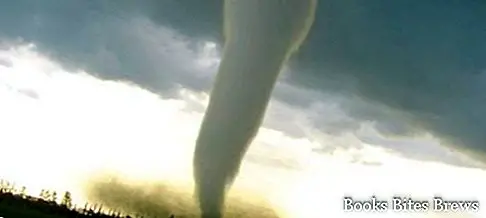How a tornado forms, a vortex of wind with catastrophic consequences, with an explanation of the atmospheric phenomenon and an indication of the areas of the world most subject to this type of event.
Definition of tornado
Tornadoes consist of very violent funnel-shaped vortices of wind that occur in the majority of cases in conjunction with heavy thunderstorms.
Due to the very high speed that the wind can reach during a tornado, highly destructive phenomena can occur.
The Tornadoes with the most devastating effects develop only in some geographical areas with particular climatic characteristics such as in some parts of the United States of America characterized by very varied atmospheric conditions and with intense phenomena at high altitudes with a large difference in altitude between the hygrometric values measurable to the ground and those at high altitude together with the storms generated by very high thermal contrast between the air masses involved.
Where the tornado is formed
The Tornado Alley, in the Italian area of the Tornado, is the most famous geographic area of the United States at the level of Tornado, including the states of Texas, Arkansas, Oklahoma, Nebraska, Kansas, Missouri, the Iowa, South Dakota and Illinois.
In this area, between plains and mountains, two very different types of currents collide, which are the one coming from the Arctic circle passing through Canada and the hot humid one coming from the Gulf of Mexico.
Other countries in the world that must live with this natural phenomenon are Australia, Japan and the United Kingdom.
The largest number of Tornadoes develops mainly during the summer with the exception of tropical areas where the phenomenon also occurs in the autumn.




